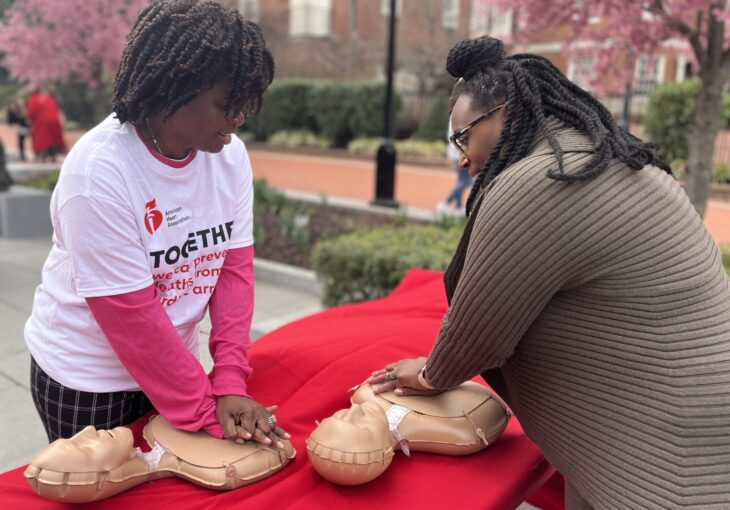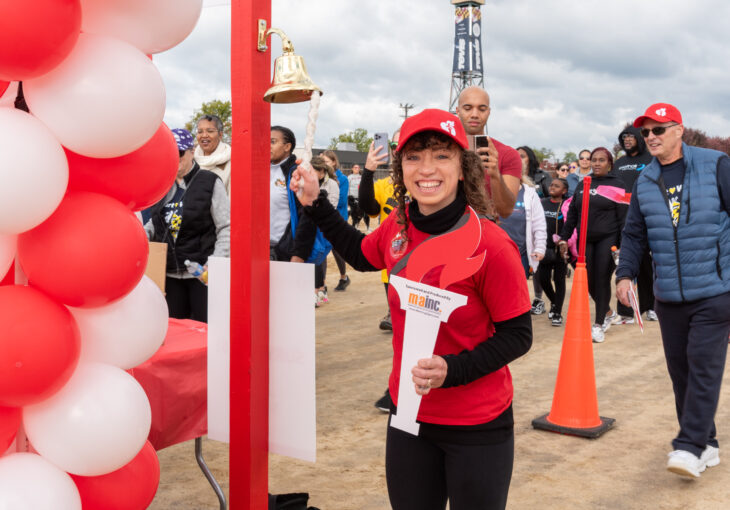
Maryland lawmakers take CPR challenge, become part of the Nation of Lifesavers
Dozens of Maryland lawmakers took the American Heart Association’s challenge to learn how to save a life Thursday. Association staff and volunteers greeted legislators on their way to the State House in Annapolis, demonstrating the lifesaving skill of CPR and asking lawmakers to take 60 seconds to practice it themselves. “Cardiac arrest is the leading








